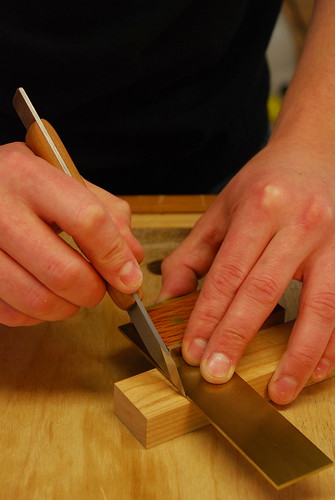Okay, I realise this may be a very silly question but here goes
What's the benefit of a proper marking knife (apart from looking absolutely stunning etc.) over a replaceable blade in a craft knife? :roll:
<DISCLAIMER>
Yes I do want a marking knife, one of woodblokes (they are beautiful)
I've given up on pencils as they are fine for rough outdoor wood butchery (refuse to call what I did outside joinery) but I want to make nicer things.
I also want a marking gauge Oh and a PONY
What's the benefit of a proper marking knife (apart from looking absolutely stunning etc.) over a replaceable blade in a craft knife? :roll:
<DISCLAIMER>
Yes I do want a marking knife, one of woodblokes (they are beautiful)
I've given up on pencils as they are fine for rough outdoor wood butchery (refuse to call what I did outside joinery) but I want to make nicer things.
I also want a marking gauge Oh and a PONY





